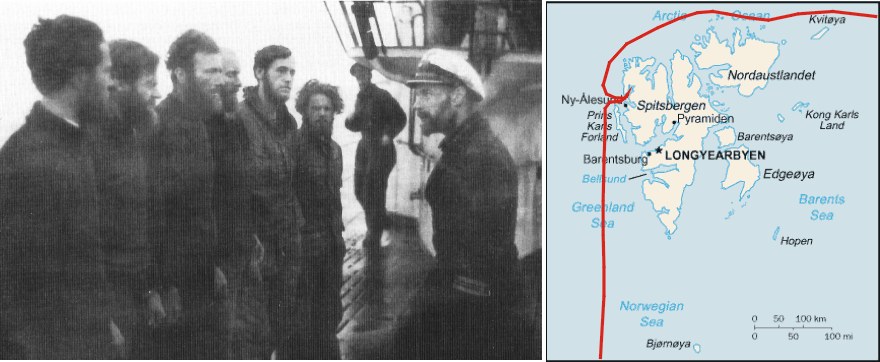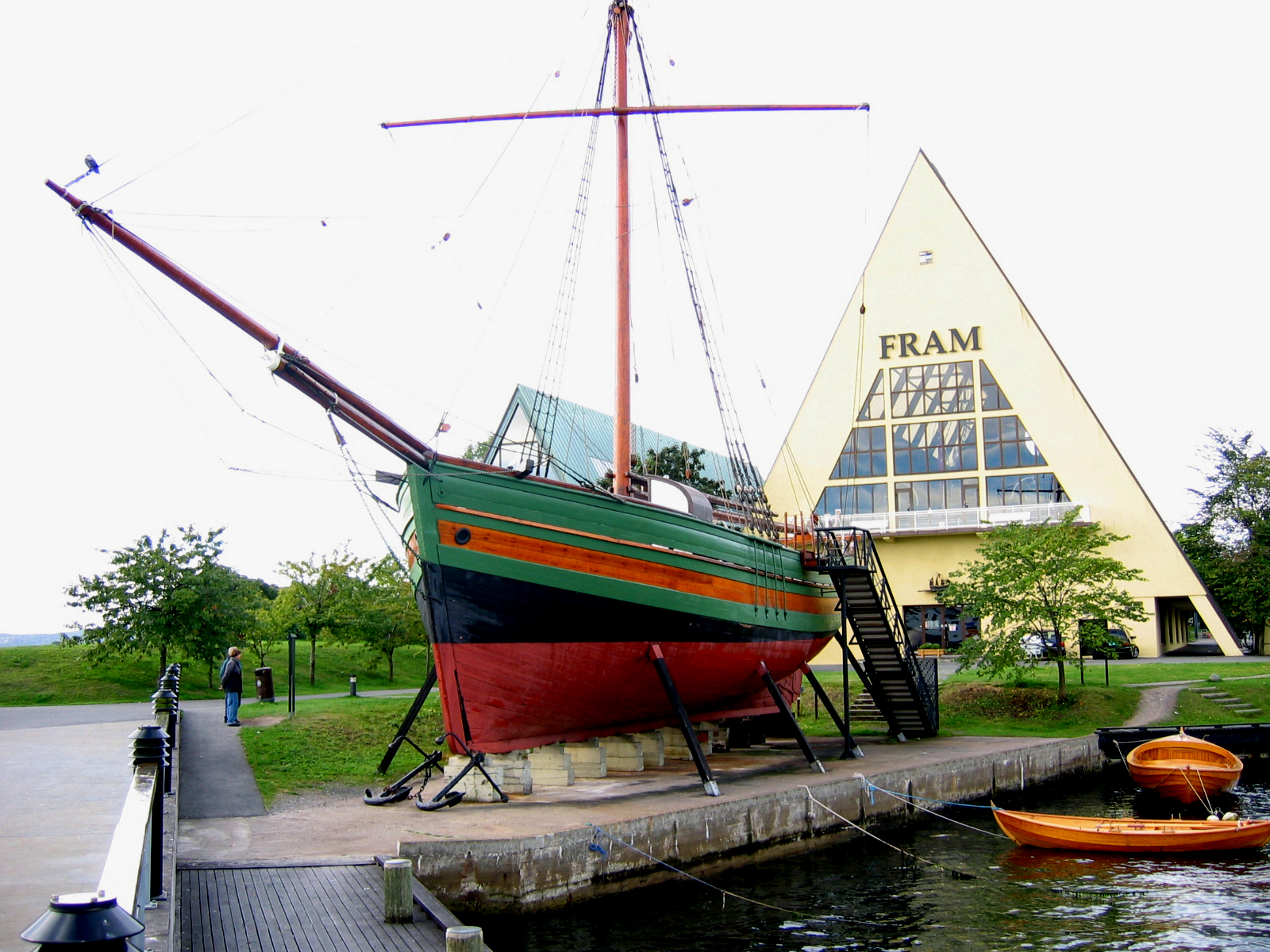You provided a photo of some girls in the foreground of the ship uphill from the ship.
I provided a photo of men standing right next to the ship.
Google/Wikipedia says the ship had a draft of 9'-10"
A book titled "Ships of Discovery and Exploration"
HERE says the Gjoa had a draft of 7'-7"
I see your mistake. The book gives an L/B/D set of dimensions of the ship (D = 2.3 m).
Unfortunately, in Naval Engineering the terms L, B, D stand for length, breadth, depth, where depth is depth from the uppermost deck.
See
here, for example. It is an easy mistake to make, especially for those without an engineering background.
Incidentally, the
source of my 1 m depth claim is the National Maritime Museum in Greenwich, London, not some unattributes Wiki/Google stat (glad you've recanted on the data source, eventually!

)
And that fits with the photo (the woman was NOT on a distant hill, but on the edge of the dry dock about 3 metres from the ship) and your L/B/D measurements. (You must
really need the draught to be 7' not 3', since that proves AGW is a hoax, doesn't it? :chuckle





